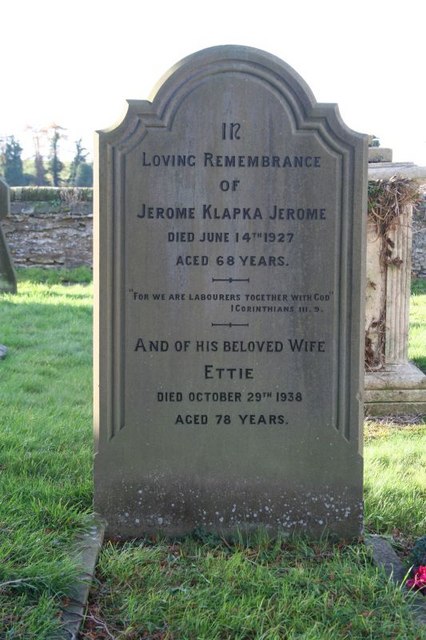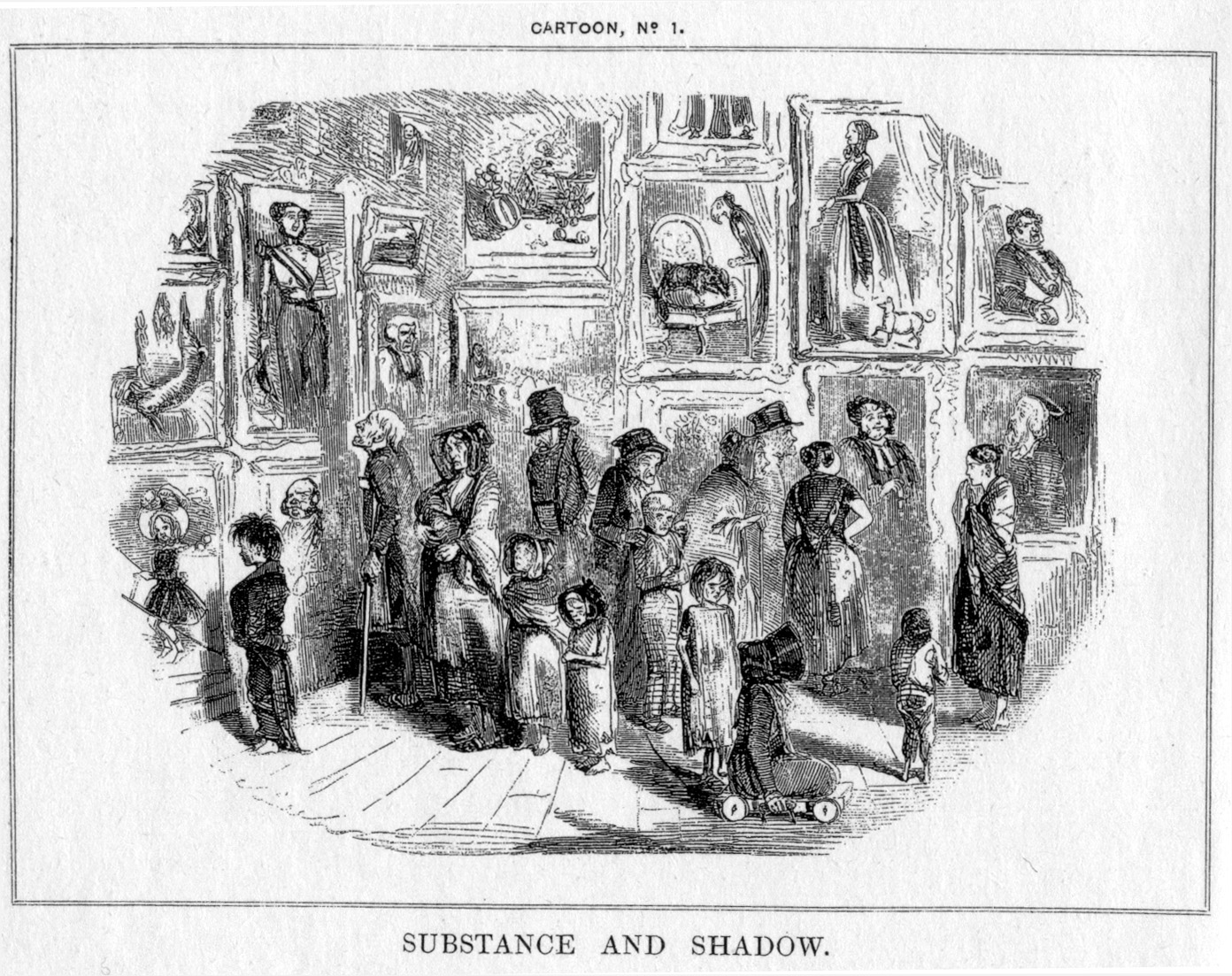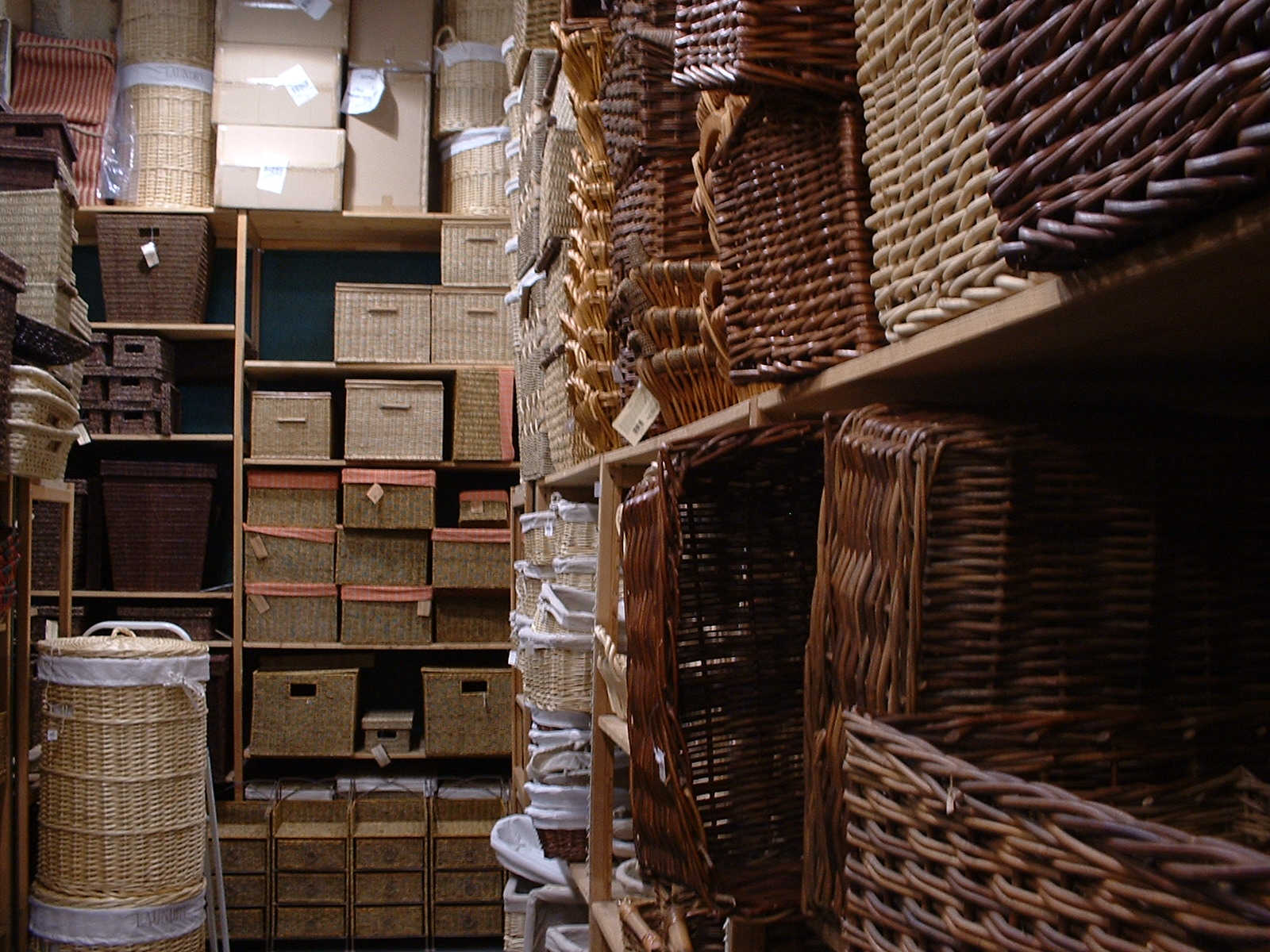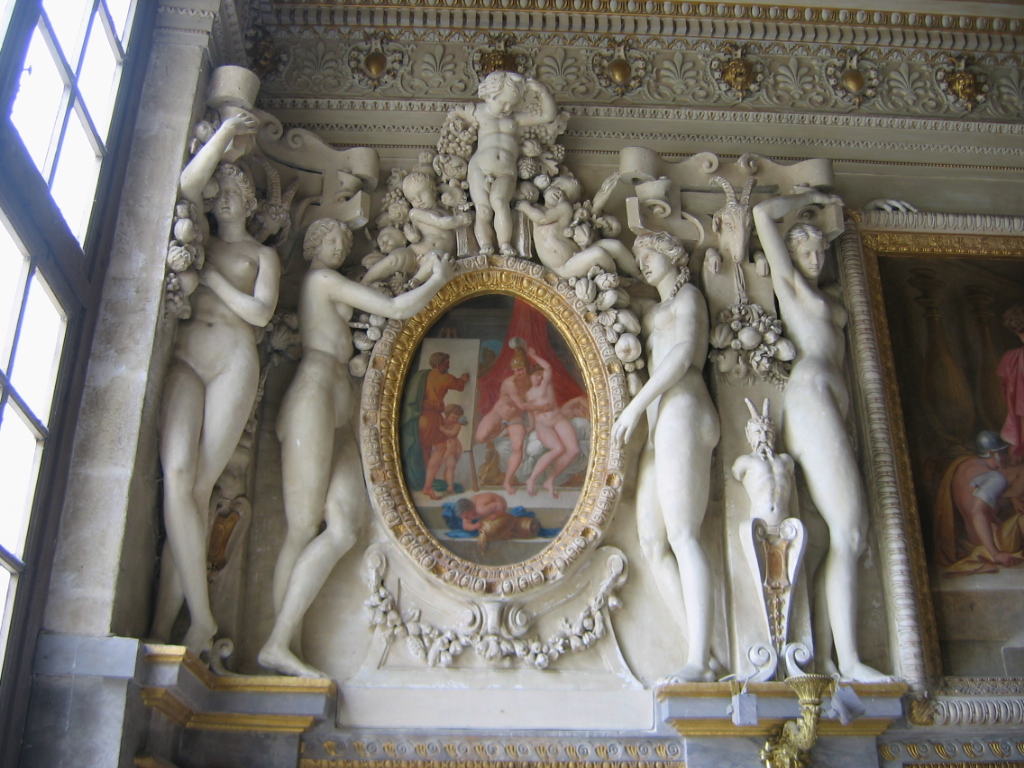|
Three Men In A Boat
''Three Men in a Boat (To Say Nothing of the Dog)'',The Penguin edition punctuates the title differently: ''Three Men in a Boat: To Say Nothing of the Dog!'' published in 1889, is a humorous novel by English writer Jerome K. Jerome describing a two-week boating holiday on the River Thames, Thames from Kingston upon Thames to Oxford and back to Kingston. The book was initially intended to be a serious travel guide,Jeremy Lewis' introduction to the Penguin edition. with accounts of local history along the route, but the humorous elements took over to the point where the serious and somewhat sentimental passages seem a distraction to the comic novel. One of the most praised things about ''Three Men in a Boat'' is how undated it appears to modern readers – the jokes have been praised as fresh and witty. The three men are based on Jerome himself (the narrator Jerome K. Jerome) and two real-life friends, George Wingrave (who would become a senior manager at Barclays Bank) and Carl ... [...More Info...] [...Related Items...] OR: [Wikipedia] [Google] [Baidu] |
Jerome Klapka Jerome
Jerome Klapka Jerome (2 May 1859 – 14 June 1927) was an English writer and humorist, best known for the comic Travel literature, travelogue ''Three Men in a Boat'' (1889). Other works include the essay collections ''Idle Thoughts of an Idle Fellow'' (1886) and ''Second Thoughts of an Idle Fellow''; ''Three Men on the Bummel'', a sequel to ''Three Men in a Boat''; and several other novels. Jerome was born in Walsall, England, and, although he was able to attend grammar school, his family suffered from poverty at times, as did he as a young man trying to earn a living in various occupations. In his twenties, he was able to publish some work, and success followed. He married in 1888, and the honeymoon was spent on a boat on the River Thames; he published ''Three Men in a Boat'' soon afterwards. He continued to write fiction, non-fiction and plays over the next few decades, though never with the same level of success. Early life Jerome was born at Belsize House, 1 Caldmore Road, ... [...More Info...] [...Related Items...] OR: [Wikipedia] [Google] [Baidu] |
Hampton Court Palace
Hampton Court Palace is a Listed building, Grade I listed royal palace in the London Borough of Richmond upon Thames, southwest and upstream of central London on the River Thames. Opened to the public, the palace is managed by Historic Royal Palaces, a charity set up to preserve several unoccupied royal properties. The building of the palace began in 1514 for Cardinal Thomas Wolsey, Archbishop of York and the chief minister of Henry VIII. In 1529, as Wolsey fell from favour, the cardinal gave the palace to the king to try to save his own life, which he knew was now in grave danger due to Henry VIII's deepening frustration and anger. The palace went on to become one of Henry's most favoured residences; soon after acquiring the property, he arranged for it to be enlarged so it could accommodate his sizeable retinue of Courtier, courtiers. In the early 1690s, William III of England, William III's massive rebuilding and expansion work, which was intended to rival the Palace of V ... [...More Info...] [...Related Items...] OR: [Wikipedia] [Google] [Baidu] |
Purple Prose
In literary criticism, purple prose is overly ornate prose text that may disrupt a narrative flow by drawing undesirable attention to its own extravagant style of writing, thereby diminishing the appreciation of the prose overall. Purple prose is characterized by the excessive use of adjectives, adverbs, and metaphors. When it is limited to certain passages, they may be termed purple patches or purple passages, standing out from the rest of the work. Purple prose is criticized for desaturating the meaning in an author's text by overusing melodramatic and fanciful descriptions. As there is no precise rule or absolute definition of what constitutes purple prose, deciding if a text, passage, or complete work has fallen victim is subjective. According to Paul West, "It takes a certain amount of sass to speak up for prose that's rich, succulent and full of novelty. Purple is immoral, undemocratic and insincere; at best artsy, at worst the exterminating angel of depravity." Origins T ... [...More Info...] [...Related Items...] OR: [Wikipedia] [Google] [Baidu] |
Punch (magazine)
''Punch, or The London Charivari'' was a British weekly magazine of humour and satire established in 1841 by Henry Mayhew and wood-engraver Ebenezer Landells. Historically, it was most influential in the 1840s and 1850s, when it helped to coin the term "cartoon" in its modern sense as a humorous illustration. Artists at ''Punch'' included John Tenniel who, from 1850, was the chief cartoon artist at the magazine for over 50 years. The editors took the anarchic puppet Mr Punch, of Punch and Judy, as their mascot—the character appears in many magazine covers—with the character also an inspiration for the magazine's name. With its satire of the contemporary, social, and political scene, ''Punch'' became a household name in Victorian Britain. Sales of 40,000 copies a week by 1850 rose above 100,000 by 1910. After the 1940s, when its circulation peaked, it went into a long decline, closing in 1992. It was revived in 1996, but closed again in 2002. History ''Punch'' was found ... [...More Info...] [...Related Items...] OR: [Wikipedia] [Google] [Baidu] |
H-dropping
''H''-dropping or aitch-dropping is the elision, deletion of the voiceless glottal fricative or "''H''-sound", . The phenomenon is common in many dialects of English language, English, and is also found in certain other languages, either as a purely historical development or as a contemporary difference between dialects. Although common in most regions of England and in some other English-speaking countries, and linguistically speaking a neutral evolution in languages, H-dropping is often social stigma, stigmatized as a sign of careless or uneducated speech, due to its strong association with the lower class. The reverse phenomenon, ''H''-insertion or ''H''-adding, is found in certain situations, sometimes as an allophone or hypercorrection by H-dropping speakers, and sometimes as a spelling pronunciation or out of perceived etymological correctness. A particular example of this is the spread of 'haitch' for 'wikt:aitch, aitch'. In English Historical /h/-loss In Old English pho ... [...More Info...] [...Related Items...] OR: [Wikipedia] [Google] [Baidu] |
The Morning Post
''The Morning Post'' was a conservative daily newspaper published in London from 1772 to 1937, when it was acquired by ''The Daily Telegraph''. History The paper was founded by John Bell. According to historian Robert Darnton, ''The Morning Post'' scandal sheet consisted of paragraph-long news snippets, much of it false. Its original editor, the Reverend Sir Henry Bate Dudley, earned himself nicknames such as "Reverend Bruiser" or "The Fighting Parson", and was soon replaced by an even more vitriolic editor, Reverend William Jackson, also known as "Dr. Viper". Originally a Whig paper, it was purchased by Daniel Stuart in 1795, who made it into a moderate Tory organ. A number of well-known writers contributed, including Samuel Taylor Coleridge, Charles Lamb, James Mackintosh, Robert Southey, Mary Robinson, and William Wordsworth. In the seven years of Stuart's proprietorship, the paper's circulation rose from 350 to over 4,000. From 1803 until his death in 1833, the ... [...More Info...] [...Related Items...] OR: [Wikipedia] [Google] [Baidu] |
Evening Standard
The ''London Standard'', formerly the ''Evening Standard'' (1904–2024) and originally ''The Standard'' (1827–1904), is a long-established regional newspaper published weekly and distributed free newspaper, free of charge in London, England. It is printed in Tabloid (newspaper format), tabloid format, and also has an online edition. In October 2009, after being bought by Russian businessman Alexander Lebedev, the paper ended a 180-year history of print circulation, paid circulation and multiple editions every day, and became a free newspaper publishing a single print edition every weekday, doubling its circulation as part of a change in its business plan. On 29 May 2024, the newspaper announced that it would reduce print publication to once weekly, after nearly 200 years of daily publication, as it had become unprofitable. Daily publication ended on 19 September 2024. The first weekly edition was published on 26 September 2024 under the new name of ''The London Standard' ... [...More Info...] [...Related Items...] OR: [Wikipedia] [Google] [Baidu] |
Hamper
A hamper refers to one of several related basket-like items. In primarily British usage, it refers to a wicker basket, usually large, that is used for the transport of items, often food. In North America, the term generally refers to a household receptacle, often a basket, for clean (out of the dryer or off the line) or dirty clothing, regardless of its composition, i.e. "a laundry hamper". Typically a laundry hamper is used for storage and will be sturdier, taller and have a lid while a laundry basket is open and used mainly for transport. In agricultural use, a hamper is a wide-mouthed container of basketwork that may often be carried on the back during the harvesting of fruit or vegetables by hand by workers in the field. The contents of the hamper may be decanted regularly into larger containers or a cart, wagon, or truck. The open ventilation and the sturdiness offered by a hamper has made it suitable for the transport of food, hence the use of the picnic hamper. A picni ... [...More Info...] [...Related Items...] OR: [Wikipedia] [Google] [Baidu] |
Irish Stew
Irish stew () or Stobhach is a stew from Ireland that is traditionally made with root vegetables and lamb or mutton, but also commonly with beef. As in all traditional folk dishes, the exact recipe is not consistent from time to time or place to place. Basic ingredients include lamb, or mutton (mutton is used as it comes from less tender sheep over a year old, is fattier, and has a stronger flavour; mutton was cheaper and more common in less-affluent times), as well as potatoes, onions, and parsley. It may sometimes also include carrots. Irish stew is also made with kid. Irish stew is considered a national dish of Ireland. History Stewing is an ancient method of cooking meats that is common throughout the world. After the idea of the cauldron was imported from continental Europe and Britain, the cauldron (along with the already established spit) became the dominant cooking tool in ancient Ireland, with ovens being practically unknown to the ancient Gaels. The cauldron, ... [...More Info...] [...Related Items...] OR: [Wikipedia] [Google] [Baidu] |
Plaster Of Paris
Plaster is a building material used for the protective or decorative coating of walls and ceilings and for moulding and casting decorative elements. In English, "plaster" usually means a material used for the interiors of buildings, while "render" commonly refers to external applications. The term stucco refers to plasterwork that is worked in some way to produce relief decoration, rather than flat surfaces. The most common types of plaster mainly contain either gypsum, lime, or cement,Franz Wirsching "Calcium Sulfate" in Ullmann's Encyclopedia of Industrial Chemistry, 2012 Wiley-VCH, Weinheim. but all work in a similar way. The plaster is manufactured as a dry powder and is mixed with water to form a stiff but workable paste immediately before it is applied to the surface. The reaction with water liberates heat through crystallization and the hydrated plaster then hardens. Plaster can be relatively easily worked with metal tools and sandpaper and can be moulded, either ... [...More Info...] [...Related Items...] OR: [Wikipedia] [Google] [Baidu] |
Great Highland Bagpipe
The great Highland bagpipe ( 'the great pipe') is a type of bagpipe native to Scotland, and the Scottish analogue to the great Irish warpipes. It has acquired widespread recognition through its usage in the British Armed Forces, British military and in pipe bands throughout the world. The bagpipe of any kind is first attested in Scotland around 1400. The earliest references to bagpipes in Scotland are in a military context, and it is in that context that the great Highland bagpipe became established in the British military and achieved the widespread prominence it enjoys today, whereas other bagpipe traditions throughout Europe, ranging from Portugal to Russia, almost universally went into decline by the late 19th and early 20th century. Though widely famous for its role in military and civilian pipe bands, the great Highland bagpipe is also used for a solo virtuosic style called ''pìobaireachd'', ''ceòl mòr'', or simply pibroch. Through development over the centuries, th ... [...More Info...] [...Related Items...] OR: [Wikipedia] [Google] [Baidu] |
Barometer
A barometer is a scientific instrument that is used to measure air pressure in a certain environment. Pressure tendency can forecast short term changes in the weather. Many measurements of air pressure are used within surface weather analysis to help find surface Trough (meteorology), troughs, pressure systems and weather front, frontal boundaries. Barometers and pressure altimeters (the most basic and common type of altimeter) are essentially the same instrument, but used for different purposes. An altimeter is intended to be used at different levels matching the corresponding atmospheric pressure to the altitude, while a barometer is kept at the same level and measures subtle pressure changes caused by weather and elements of weather. The average atmospheric pressure on the Earth's surface varies between 940 and 1040 hPa (mbar). The average atmospheric pressure at sea level is 1013 hPa (mbar). Etymology The word ''wikt:barometer, barometer'' is derived from the Ancient Gr ... [...More Info...] [...Related Items...] OR: [Wikipedia] [Google] [Baidu] |







